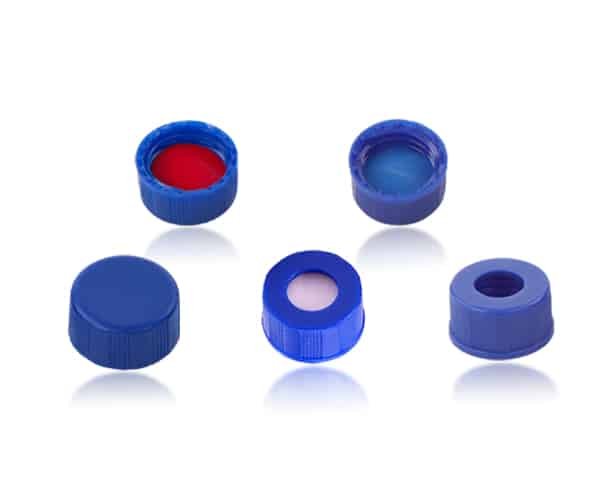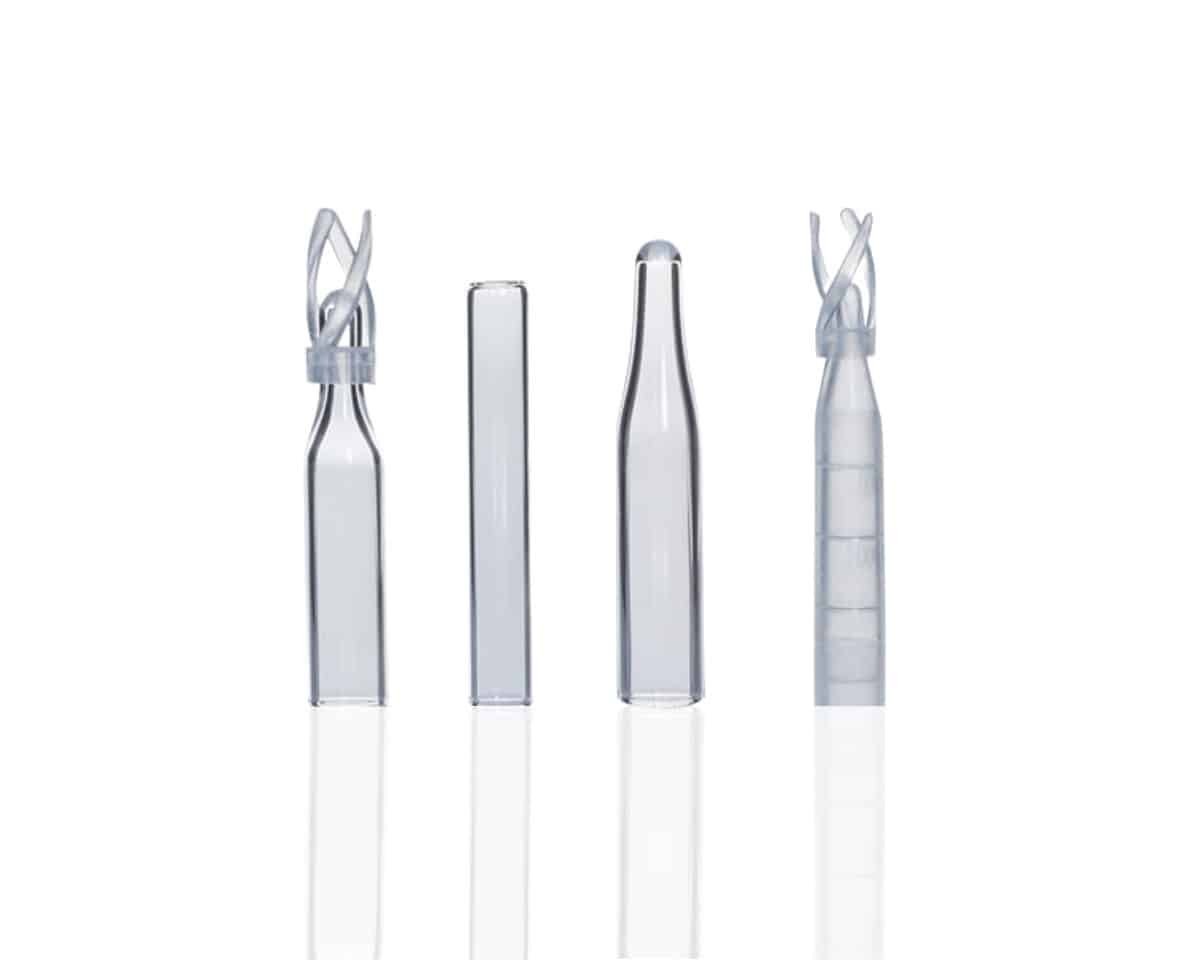Introduction
In high-sensitivity chromatography workflows, even the tiniest variable can affect your results—especially when working with trace-level analytes, biological matrices, or labile compounds. One such variable that often gets overlooked? The vial.
Yes, the HPLC vial—specifically its adsorptive properties—can have a big impact on your data. If your sample is interacting with the vial’s inner surface, you may experience analyte loss, inconsistent peak areas, or even the complete disappearance of low-abundance compounds.
That’s where low adsorption HPLC vials come in. These specially treated vials help minimize compound adsorption, preserve sample integrity, and improve the reliability of your results. But when should you use them, and are they really worth the cost? Let’s break it down together.
What Are Low Adsorption Vials?
Low adsorption vials are surface-treated HPLC vials designed to prevent non-specific binding of analytes to the vial walls. They look similar to standard glass or plastic vials but feature a silanized or otherwise chemically modified interior that reduces molecular interaction.
1. How Are They Made?
Most low adsorption vials are made from borosilicate glass and undergo surface treatments such as:
- Silanization: The inner surface is coated with a layer of silane (often dimethylchlorosilane or hexamethyldisilazane), creating a non-polar, inert barrier.
- Deactivation coatings: Proprietary chemical layers applied during or after manufacturing to block polar interactions.
- Polymeric coating: Some use a thin organic film to reduce adsorption of proteins or peptides.
2. Surface Characteristics
The treated surface becomes:
- Hydrophobic, which prevents interaction with polar or charged analytes
- Non-ionic, reducing electrostatic attraction
- Chemically inert, protecting sensitive compounds from degradation
These properties help ensure that your analytes stay in the liquid phase, not stuck to the vial walls.
Analyte Loss Due to Surface Adsorption
One of the biggest threats to trace analysis is the silent loss of your analyte to the vial surface. This is especially problematic for:
- Acidic or basic compounds
- Highly lipophilic analytes
- Proteins and peptides
- Hydrophobic small molecules
1. Why Does It Happen?
Glass, though inert on the surface, still contains silanol (Si-OH) groups, which can interact with:
- Basic compounds, through hydrogen bonding or ionic interactions
- Acidic molecules, through ionic repulsion or neutralization
- Lipophilic analytes, through hydrophobic interactions
Plastic vials (like polypropylene) are even worse in some cases, as additives and untreated surfaces can increase adsorption or cause sample leaching.
2. What Are the Consequences?
- Reduced peak area or complete loss of low-concentration peaks
- Non-reproducible results in replicate injections
- Unexplained carryover or poor linearity in calibration curves
- Poor recovery in method validation
Have you ever seen a disappearing peak in your LC-MS or HPLC run? It could very well be your vial to blame.
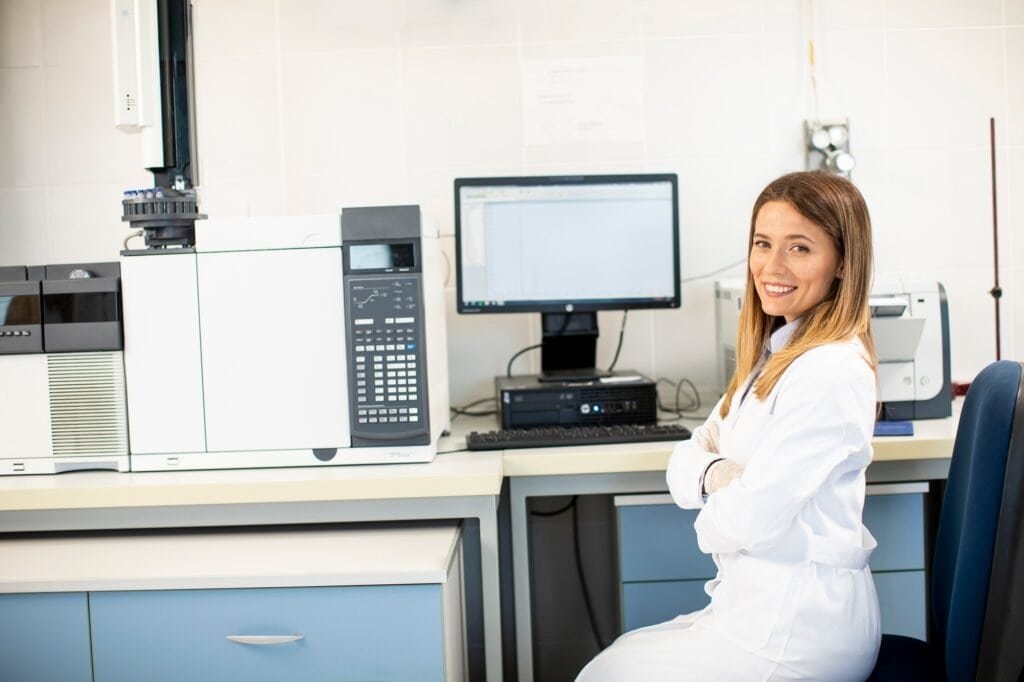
When to Use Low Adsorption Vials in Chromatography
You don’t need low adsorption vials for every analysis—but in certain scenarios, they’re not just helpful—they’re essential.
1. Trace-Level Analysis
When analyzing samples in the ppb or ppt range, even a small amount of surface adsorption can wipe out your analyte. Use low adsorption vials when:
- Quantifying residues, contaminants, or impurities
- Performing stability studies at low concentration levels
- Working with diluted standards in method validation
2. Biological and Clinical Samples
Biological fluids often contain proteins, peptides, enzymes, and other labile molecules that are prone to:
- Sticking to glass walls
- Denaturing at surfaces
- Being lost before injection
Low adsorption vials help preserve sample integrity and improve recovery, especially for proteomics or metabolomics work.
3. Peptide, Protein, or Oligonucleotide Analysis
These molecules are notorious for adhering to untreated glass surfaces. Low adsorption vials prevent:
- Loss of sample due to non-specific binding
- Inconsistent injections in multi-run analyses
4. Drug Discovery & Pharmacokinetics
Low-dose or high-potency APIs (active pharmaceutical ingredients) often require precise, low-volume injections. Low adsorption vials minimize variability and data drift.
Comparing Standard vs. Low Adsorption Vials: Performance Differences
Here’s how standard glass vials and low adsorption vials stack up:
| Feature | Standard Vial | Low Adsorption Vial |
|---|---|---|
| Surface | Untreated glass | Silanized or coated |
| Adsorption | Moderate to high | Very low |
| Sample Recovery | ~80–90% (in trace work) | 95–99% |
| Peak Area Reproducibility | Variable | Highly consistent |
| Cost | Low | Higher (2x–4x per vial) |
| Ideal Use | Routine QC, high-conc. samples | Trace analysis, proteins, LC-MS |
In lab tests, switching to low adsorption vials has shown:
- Improved signal-to-noise ratios
- More stable baseline
- Tighter RSD values (<2%) across injections
Cost-Effectiveness: Are They Worth It?
You might wonder—is it really worth paying extra for these vials?
1. Consider the Cost of Rework
Losing even one run due to poor peak recovery or inconsistent results can waste:
- Analyst time
- Instrument time
- Expensive reagents or reference materials
In this context, paying a few cents more per vial is an excellent return on investment.
2. Sample Value Matters
If you’re working with rare clinical samples, purified proteins, or expensive synthesized compounds, the sample itself may be worth far more than the vial.
3. Compliance and Data Integrity
In regulated environments like pharma or clinical labs, reproducibility and precision are non-negotiable. If your vial introduces error, it could:
- Invalidate your method validation
- Fail regulatory audit trails
- Delay drug approval timelines
For such applications, low adsorption vials aren’t optional—they’re essential.
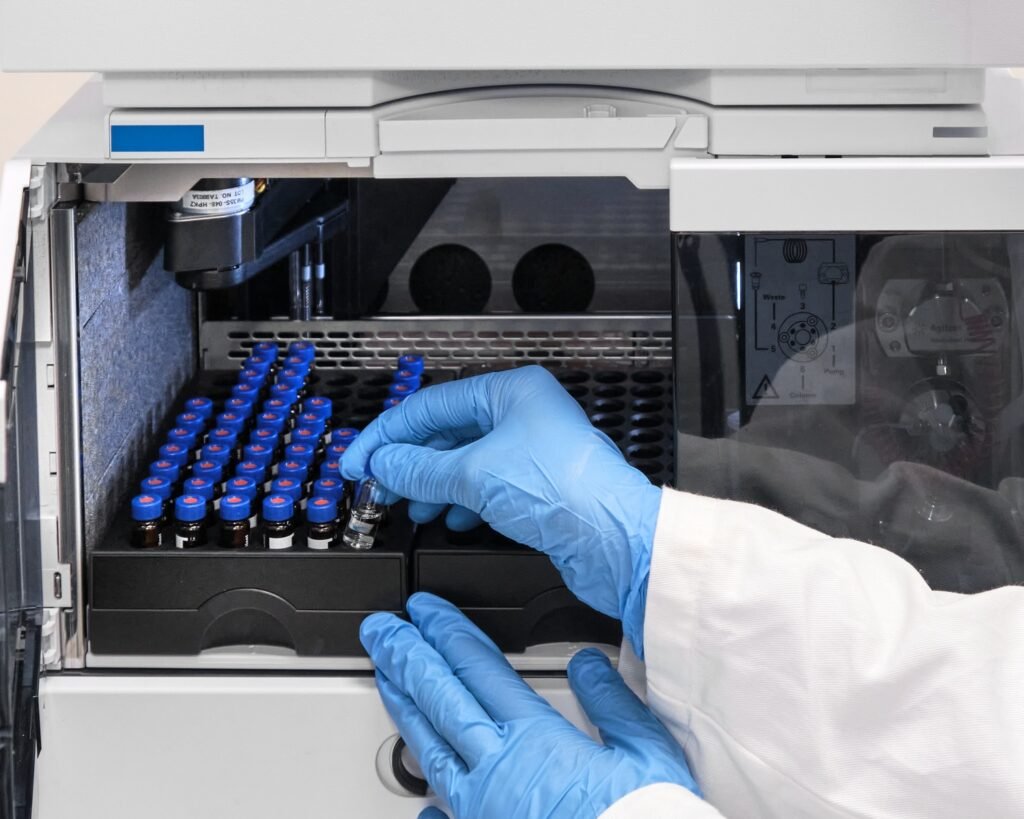
Conclusion
Low adsorption HPLC vials are a small upgrade with a big impact, especially for applications involving trace analysis, biological samples, or sensitive analytes. They offer better recovery, reproducibility, and peak integrity, helping you trust your data and reduce costly rework.
While they may cost more than standard vials, their value becomes clear the moment your critical analyte doesn’t disappear, your baselines stay stable, and your QC manager gives you a thumbs-up.
So next time you’re setting up for a low-level or complex run, ask yourself:
Is my vial holding my sample—or stealing it?
Mastelf, with over 13 years of experience in chromatography vials since established in 2011, we can help you find the exact vials you need for your applications.
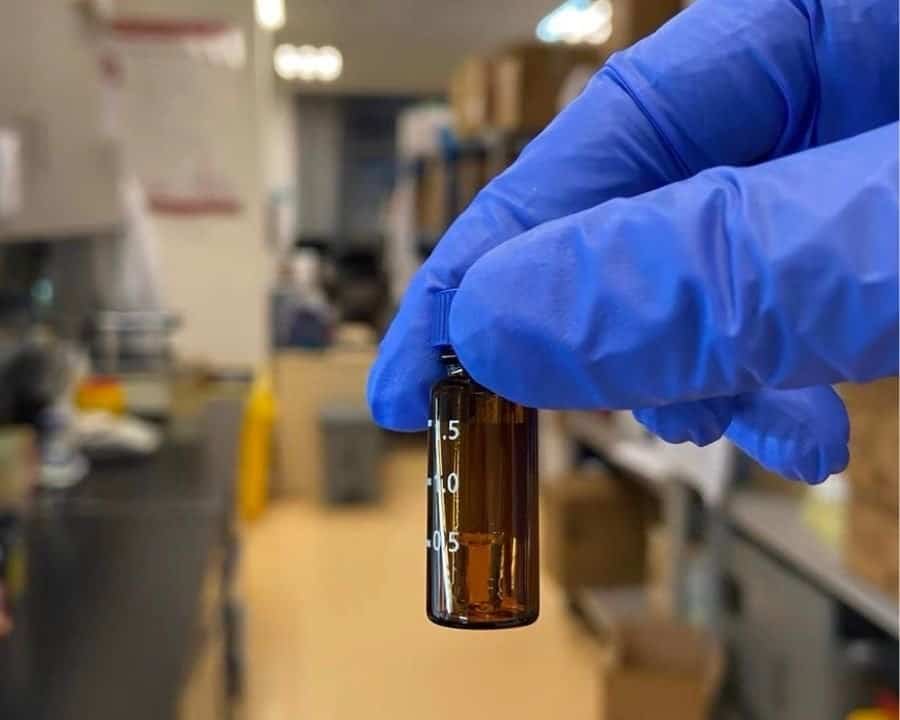
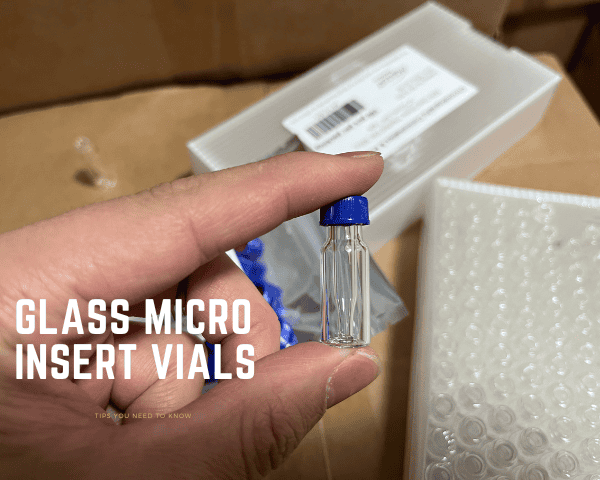
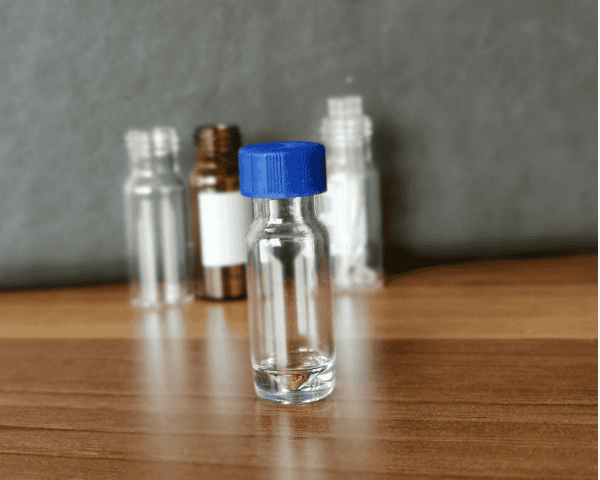
Our expertise ensures that you get reliable and precise products tailored to your specific requirements. Whether you’re in pharmaceuticals, research, or any other industry relying on HPLC, we understand your needs and are here to support you in making the right purchase.
Reach out to Mastelf, and let us assist you in procuring the perfect vials for your work.
✅ FAQ: Low Adsorption HPLC Vials
1. What makes a vial “low adsorption”?
Low adsorption vials are treated with special coatings (like silanization or polymeric films) that reduce the binding of analytes to the vial wall. This minimizes sample loss, especially at trace levels.
2. When should I use low adsorption vials?
They’re ideal for trace-level analysis, peptides, proteins, acidic/basic compounds, and LC-MS workflows where sensitivity and reproducibility are critical.
3. Can low adsorption vials be reused?
It’s not recommended. Cleaning may strip the surface treatment, and any remaining residue could alter sample recovery. These vials are best treated as single-use, especially for sensitive analyses.
4. Are low adsorption vials compatible with all solvents?
Yes, most are compatible with common HPLC solvents like acetonitrile, methanol, water, and buffers. However, always check manufacturer guidelines for extremes in pH or reactivity.
5. Do they work in all autosamplers?
Yes—most low adsorption vials follow standard 2 mL (12 x 32 mm) formats and fit common autosamplers from Agilent, Waters, Thermo, etc. Just ensure cap and insert compatibility.



